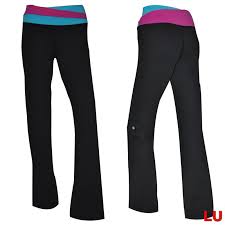Venture Capital and Clean Air.
NY venture capitalist Fred Wilson of Union Square Ventures posted yesterday about how venture firms often follow the herd. If social networks are hot, VCs look for a new good one. Mobile apps? They find someone second to the party, but who tells a fine story. Mr. Wilson believes this is too safe and in being too safe it is not safe at all.
Mr. Wilson is, drum roll, successful. He is because he “fails harder” as Dan Wieden of Wieden + Kennedy says. Or “falls forward fast” as Joe Nacchio used to say. Mr. Wilson is smart, hard working but most importantly unafraid to look to the future. He goes where the herd will be. Where the herd is is a little stinky –albeit an active breeding ground. Mr. Wilson looks for clean air.
Brand Planning.
Good brand planning and good VC investment share this “ahead of the herd” mentality. When I present a great branding idea there is often an odd look in the eyes of the decision maker. It’s part smile, part fear. The smile connotes I get them. The fear can result from a few things but usually it’s the unknown. When presenting to Newsday the brand idea “we know where you live,” they thought it too intrusive, maybe a bit creepy. But it was their differentiator. They added a little water and bought it. For a health care system the strategy “a systematized approach to improving healthcare” felt cold and calculating. Finally they agree as long as we didn’t use the “s” word, we were good. They came to grips with the fact that they were a system. Herds are safe. Bold wins out. Peace!







